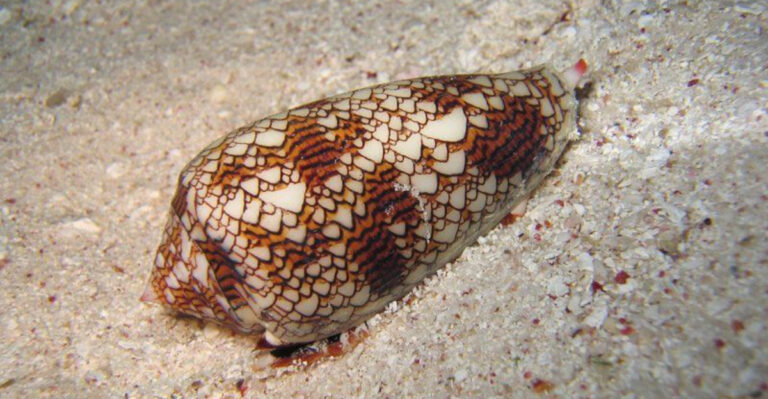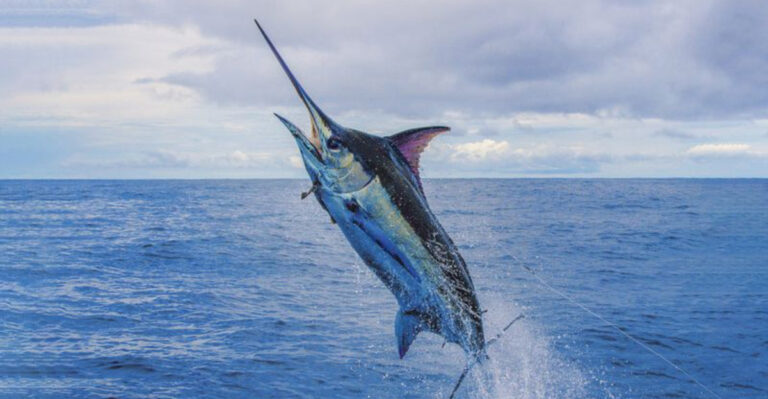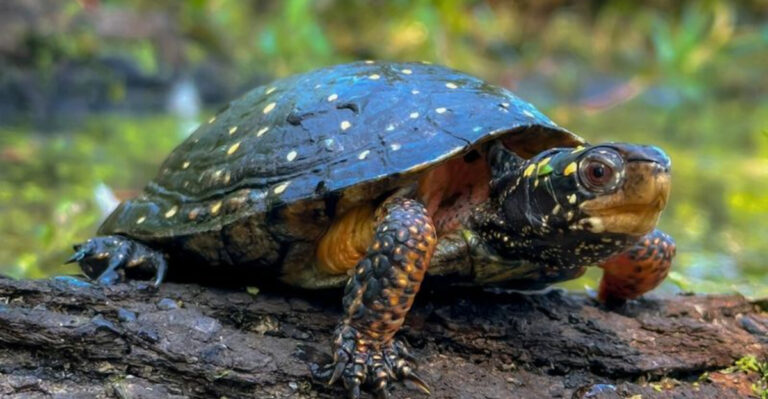Deep Sea Surprise As 800+ New Marine Species Are Uncovered
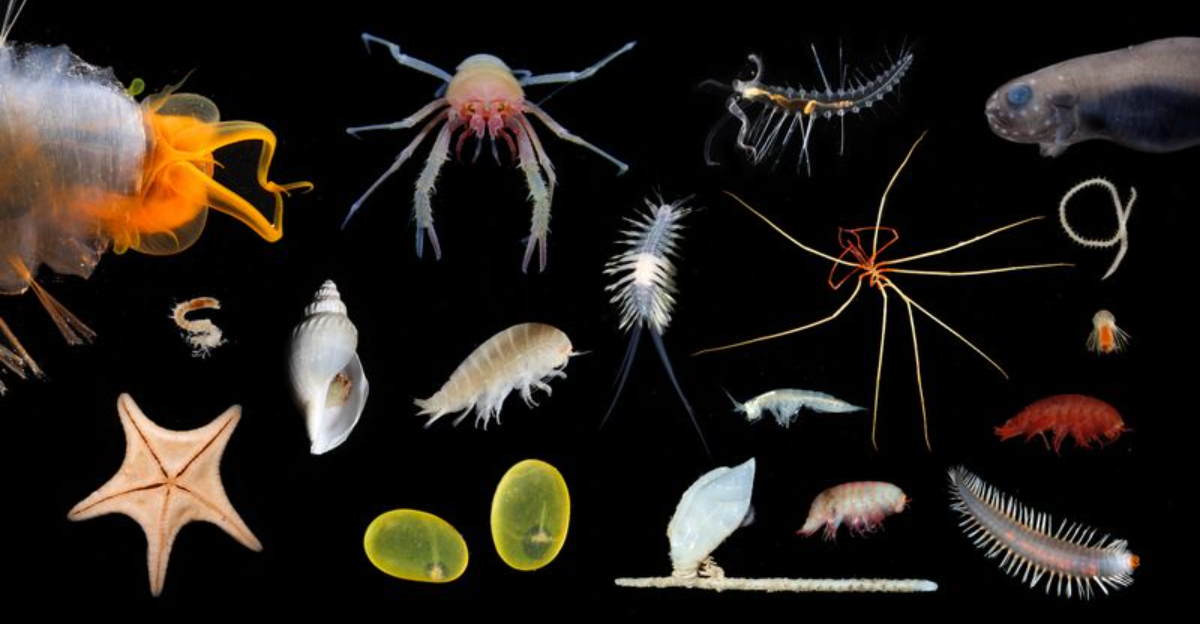
Scientists just hit the ocean jackpot! Explorers mapping our planet’s mysterious deep seas have uncovered more than 800 never-before-seen marine creatures.
These discoveries are changing what we know about life in the darkest parts of our oceans. From tiny seahorse relatives to weird deep-sea sharks, these findings show just how much of our underwater world remains unexplored.
The Discovery Of 800+ New Marine Species In The Deep Sea
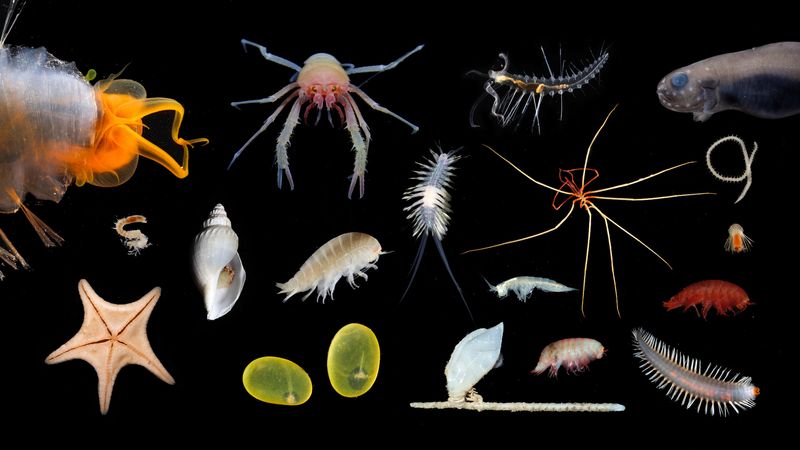
Imagine finding 800 animals nobody knew existed! That’s exactly what happened when scientists explored remote ocean depths using special deep-diving equipment.
Many creatures were spotted in places humans rarely visit, including trenches nearly 7 miles deep. The most unusual discoveries include glowing fish, transparent shrimp, and sea spiders bigger than dinner plates.
How The Ocean Census Unveiled These Remarkable Findings
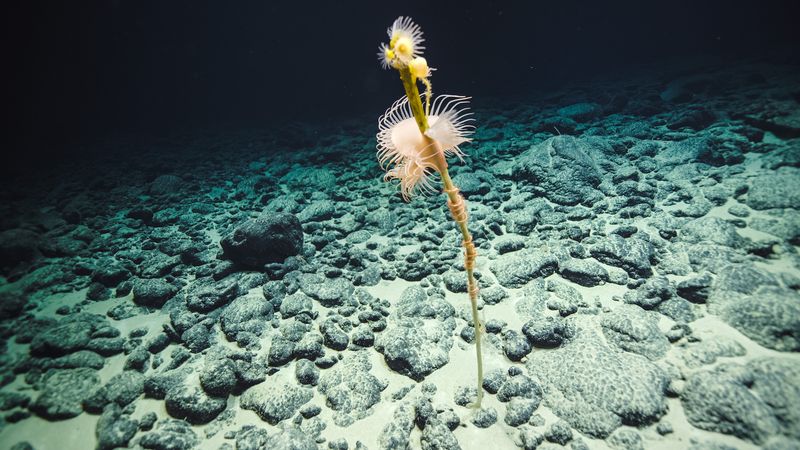
Behind this treasure trove of discoveries stands the Ocean Census project, a global team-up between scientists from 26 countries. Started in 2023, this ambitious five-year mission aims to catalog unknown marine life before it disappears.
Using special research vessels and underwater robots, explorers have already searched previously inaccessible underwater mountains, coral reefs, and deep-sea vents teeming with unusual life.
The Role Of Advanced Technology In Deep-Sea Exploration
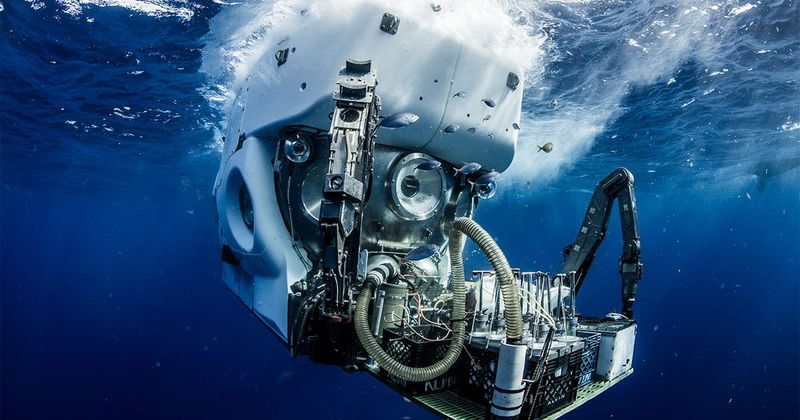
Cool gadgets made these discoveries possible! Remote-operated vehicles (ROVs) equipped with HD cameras dive deeper than humans can safely go, streaming live video to ships above.
Tiny submarines collect samples using robot arms while special pressure chambers keep deep-sea creatures alive for study. DNA analysis machines on ships can now identify new species on the spot instead of waiting months for lab results back on land.
Guitar Sharks
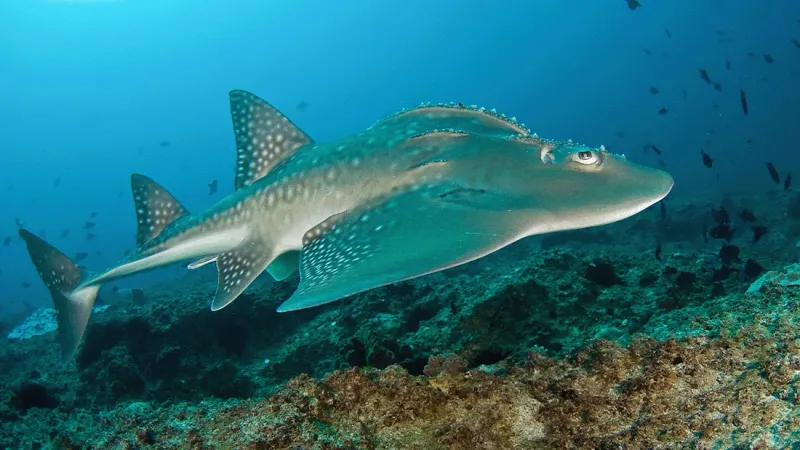
Looking like a mix between a shark and a guitar, these oddly-shaped predators were spotted lurking near underwater volcanoes off Madagascar. Their flat, wide heads help them detect tiny electrical signals from prey hiding under sand.
Scientists were shocked to find three different guitar shark species nobody had documented before. Unlike their shallow-water cousins, these deep-sea guitar sharks have special light-producing organs along their sides.
The Pygmy Pipehorse
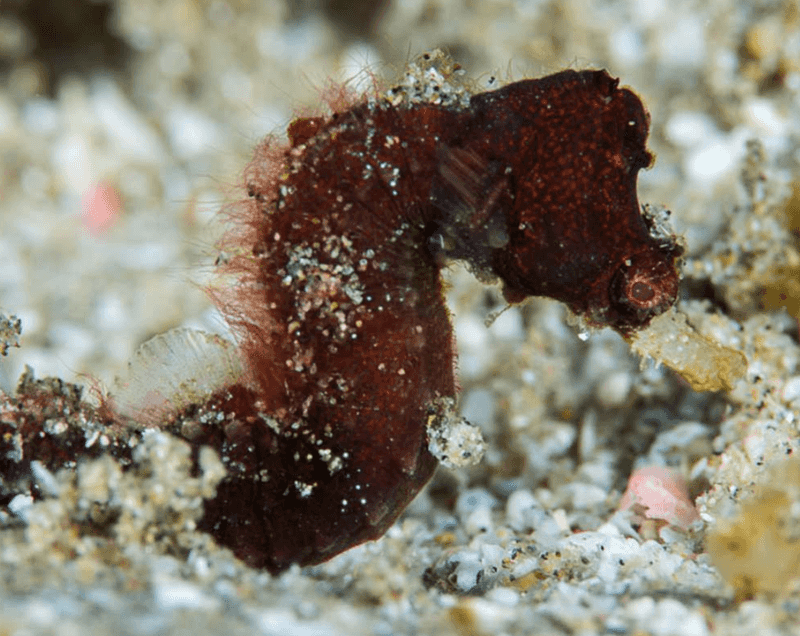
Smaller than your pinky finger, this seahorse cousin hides in plain sight! Discovered in South Africa’s Sodwana Bay, the pygmy pipehorse wraps its tail around coral branches, perfectly matching their colors.
What makes this tiny creature special is its unusual breeding habits. Males carry the babies in a special pouch on their bellies! Scientists believe there might be hundreds more pipehorse species waiting to be found in deep reefs worldwide.
The Deep-Sea Limpet
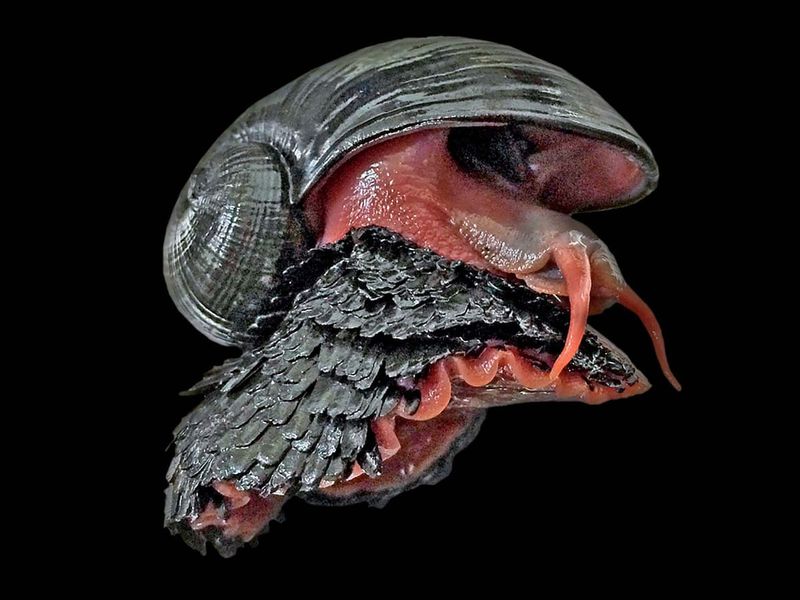
Talk about tough! The newly discovered iron-shelled limpet lives beside scorching underwater hot springs where most animals would instantly cook.
Found nearly 3 miles down in the Pacific, these snail relatives have evolved metal-reinforced shells that withstand crushing pressure. Even more amazing, they feed on toxic minerals that would poison other creatures. Scientists are studying their unique chemistry for clues to developing new medicines.
The Significance Of The Ocean Census For Marine Biodiversity
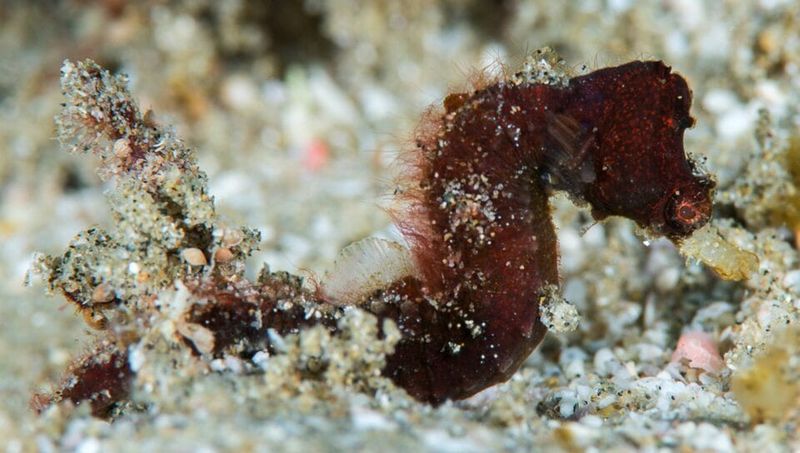
Finding 800+ new species isn’t just cool—it’s crucial for protecting our oceans! The Ocean Census project helps create an underwater family tree showing how all sea life is connected.
Many discovered creatures produce unique chemicals that might lead to new medicines. Others serve as “canaries in the coal mine,” warning us about ocean health problems. Every new species helps scientists piece together the puzzle of how ocean ecosystems work.
Understanding The Importance Of Identifying New Marine Species
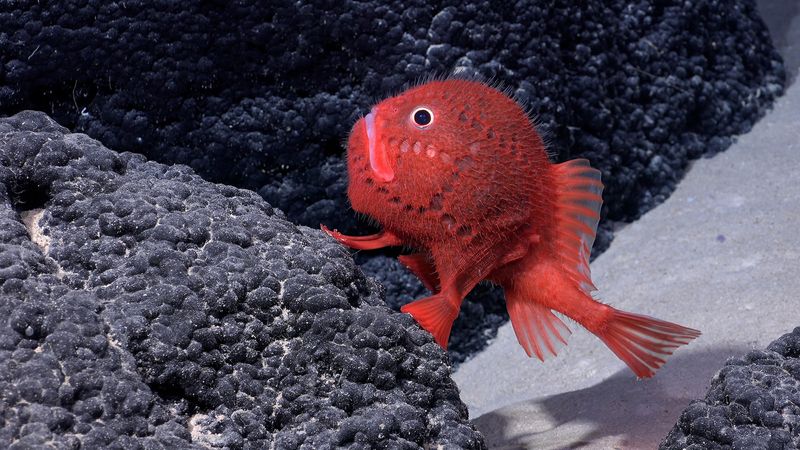
Race against time! Scientists estimate we’ve only identified about 10% of all ocean species, and many may vanish before we find them. Climate change and pollution threaten creatures we haven’t even met yet.
Each new species helps complete our understanding of ocean food webs. When researchers discovered a tiny deep-sea shrimp that cleans whale carcasses, they unlocked secrets about how nutrients cycle through the deepest parts of our oceans.
How These Discoveries Could Impact Ocean Conservation Efforts
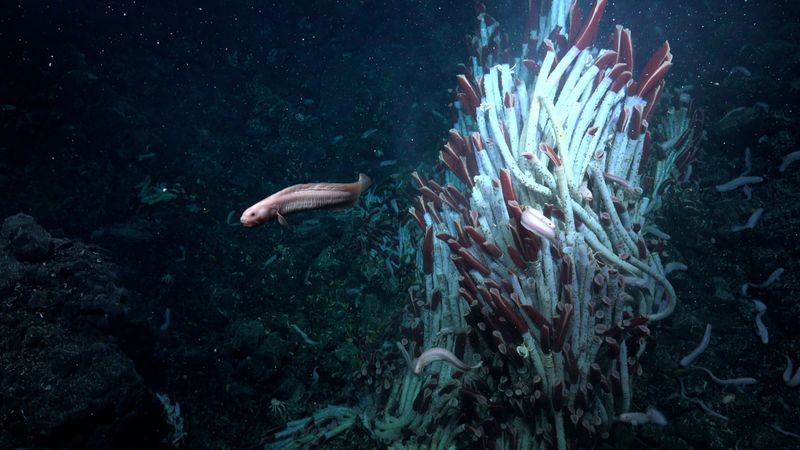
Fresh discoveries are changing ocean protection plans worldwide! Finding rare creatures helps pinpoint biodiversity hotspots that need immediate protection from fishing and mining.
Several newly found species live only in small areas now targeted for deep-sea mining. Their discovery has already convinced three countries to pause mining permits. Conservation groups are using these findings to push for protecting 30% of oceans by 2030.
What The Ocean Census Aims To Achieve In The Next Decade
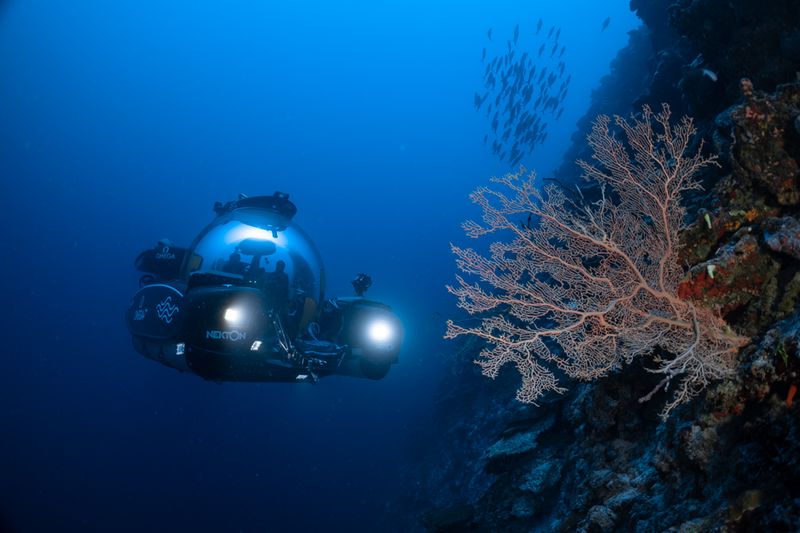
The adventure is just beginning! Over the next ten years, Ocean Census plans to discover at least 100,000 new marine species across all ocean depths.
Future expeditions will explore Antarctic waters and the Arctic seafloor as ice melts. The project will train 500 new marine biologists from developing countries. By 2033, they hope to create the first complete digital library of all ocean life, freely available to everyone online.


